We all know that water filters are made to improve the taste, smell, and overall quality of drinking water. But what exactly does a water filter remove? Do all water filters remove the same contaminants? And how effective are water filters? We’ve answered these questions and more in this article.
📌 Key Takeaways:
- Most filters can remove chlorine, some heavy metals, and bad tastes and odors from water.
- The water filters that remove the most contaminants are reverse osmosis filters and water distillers (which are technically water purifiers).
- Factors affecting a water filter’s contaminant removal abilities include the type and size of the filter media, the drinking water quality, your water usage, and the flow rate of water through the filter.
Table of Contents
⚗️ What Do Water Filters Remove?
Different water filters remove different contaminants. At the very least, most water filters remove chlorine, taste, and odor, a few heavy metals like copper and lead, one or several disinfection byproducts, and a few volatile organic compounds (VOCs).
The exact contaminants removed by a filter depends on the blend of filter media used in a cartridge. We’ve shared the most common water filter media, and what these media can generally remove, below.
📌 Note: the below information is a generalization based on what we know about these filter types. Check the manufacturer’s test reports and/or NSF certifications to see exactly what their filter can remove.
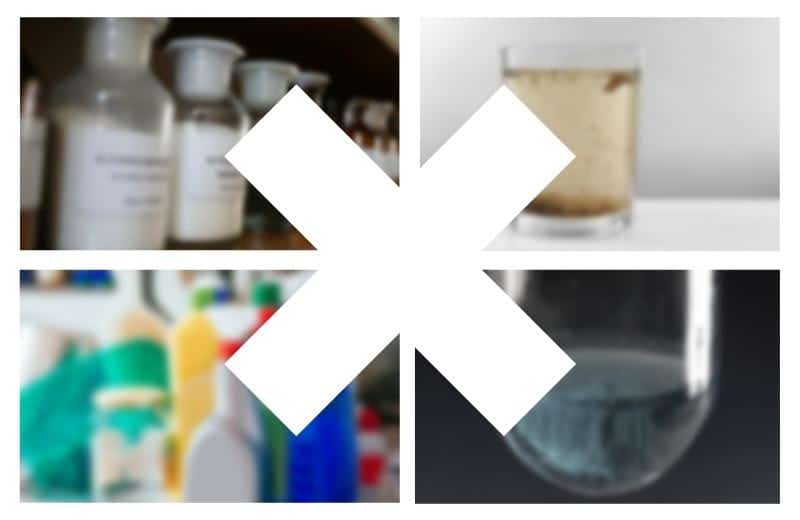
What Does a Carbon Filter Remove?
Activated carbon filters use a process called adsorption to trap chemical impurities like chlorine, disinfection byproducts like chloroform, organic compounds like pesticides, and some types of VOCs.
There are various types of carbon filters, including granular activated carbon filters and carbon block filters. Carbon block filters offer the most thorough contaminant removal thanks to their large surface area.
Carbon water filters are usually found in countertop or gravity filters (such as water filter pitchers), or multi-stage under-sink or whole-home filters (including reverse osmosis filter systems).
What Can a Sediment Filter Remove?
A sediment filter acts as the first stage of water treatment, using cartridge or spin-down filtration to reduce or remove suspended particles like silt, sand, dirt, clay, and other organic material.
📌 Sediment filters come in a range of micron sizes, from 5 microns to 50 microns (sometimes even higher). The smaller the filter’s micron rating, the smaller its pores – and the smaller the sediment particles it can trap in its media.
Sediment filters are usually installed as standalone point-of-entry filters. They’re also commonly found as pre-filters in multi-stage water filtration systems for whole-home and under-sink use.
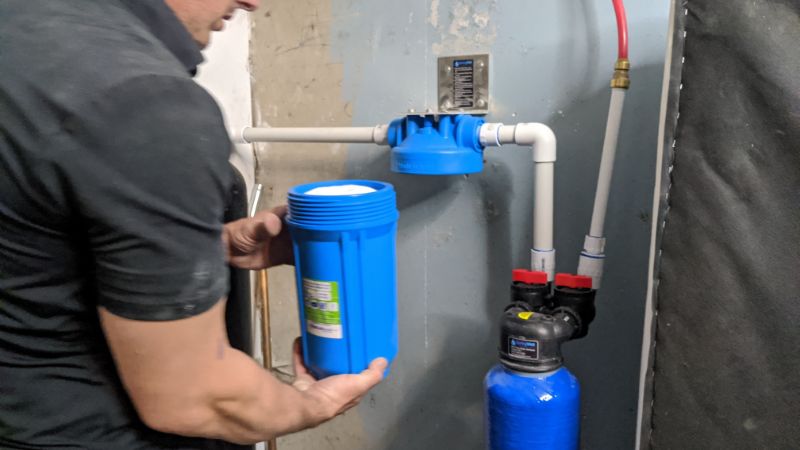
What Does a Ceramic Filter Remove?
A ceramic filter uses natural ceramic filter media to remove a range of contaminants in its network of pores.
Most ceramic filters have 0.5-micron pores, which makes them capable of removing even tiny contaminants, like bacteria. A ceramic filter can also remove sediment and turbidity from tap water.
Ceramic filters are sometimes found in multi-stage filtration systems, but most often, they’re used in countertop water filters and portable emergency filters.
What Can Reverse Osmosis Filters Remove?
Reverse osmosis filtration units combine multiple filter stages, including sediment filters, carbon filters, and a semipermeable membrane.
We’ve already discussed sediment and carbon filtration, so let’s look at the semipermeable membrane. This membrane has tiny pores (usually 0.0001 microns), so it’s the best defense against virtually all total dissolved solids. If you want to completely remove chemicals, metals, microorganisms, minerals, salts, and more, a reverse osmosis unit is your best bet.
Most RO systems are installed as under-sink or countertop models. Whole-home RO filters are available, but they’re very expensive and waste a lot of water.
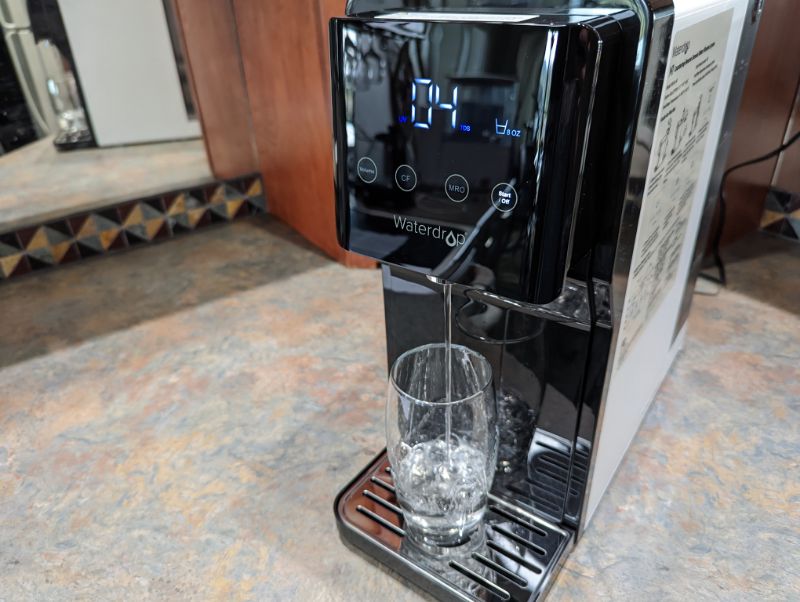
You can read our comprehensive review of the Top 6 Reverse Osmosis Systems in this post 👈
What Does an Air Injection Filter Remove?
Air injection water systems are a popular choice for people who get their water from a private well.
The air injection water filtration method treats water with oxygen, which oxidizes iron, manganese, and hydrogen sulfide. These contaminants are then removed as water passes through a media (usually birm).
An air injection filtration system is designed to be installed as a whole-house system.
What Does a Water Distiller Remove?
A water distiller doesn’t technically filter water – it uses the process of distillation to purify water.
A distiller can remove virtually every contaminant, producing pure water that’s free from minerals, salts, heavy metals, chemicals, and other trace impurities.
Water distillers are installed as countertop filter systems.
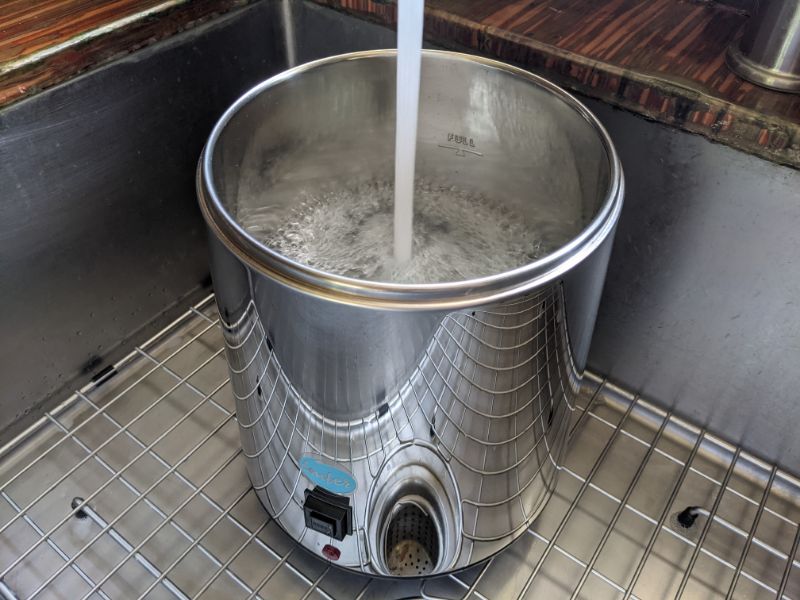
What Does KDF Media Remove?
There are various types of KDF media, each removing different contaminants:
- KDF-55 reduces chlorine and soluble heavy metals
- KDF-85 reduces iron, bacteria, and hydrogen sulfide
- KDF-C coarse mesh reduces chlorine and heavy metals
KDF media may be used alone as its own filter stage, but it’s often combined with carbon filter media to enhance the carbon’s adsorption abilities.
📈 What Affects a Filter’s Contaminant Removal?
The factors affecting a filter’s contaminant removal abilities are:
Type and Size of Filter Media
The type of filter media determines the contaminants that can be removed.
Not all filters are equal. Different types of filter media use different water filtration processes to trap contaminants.
📌 Multi-stage filtration systems are common nowadays. These systems use a blend of several filter media, so they can trap a greater range of contaminants in your water supply, providing more thoroughly filtered water.
The filter’s size also affects its contaminant removal abilities. The bigger the media’s size and surface area, the more contaminants can be trapped as water passes through.
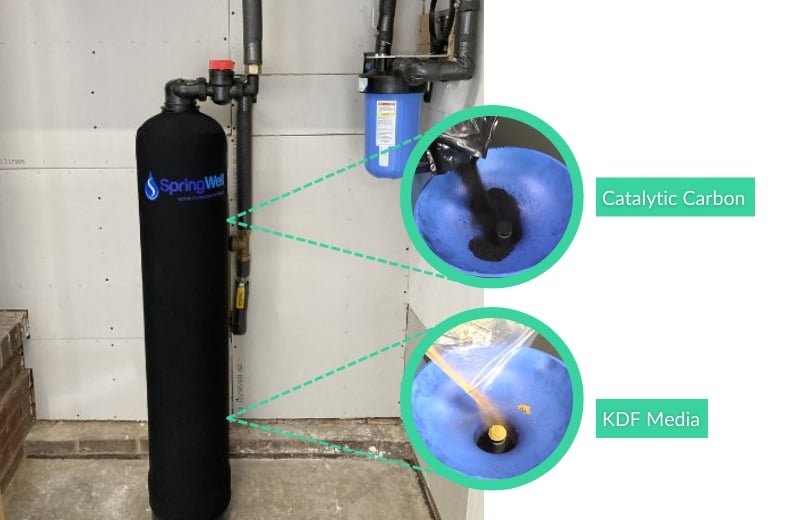
Drinking Water Quality
Your own drinking water quality will also affect the contaminants removed by a filter.
If your tap water is heavily contaminated, it’s likely that some of the contaminants will slip through the filter media.
Over time, heavily contaminated water will decrease the filter’s effectiveness, reducing its contaminant removal abilities. You might need to replace the filter more frequently as a result.
Water Usage
The amount of water you use per day affects the longevity of a filter’s performance, just as your water quality does.
📌 If you’re a family of two or three using a normal amount of water, your filter will continue to effectively remove contaminants longer than if you’re a family of five with an above-average water usage. The more water that flows through the filter within a given time, the faster the media will be depleted.
Again, you should be able to resolve this issue by replacing the filter more frequently.
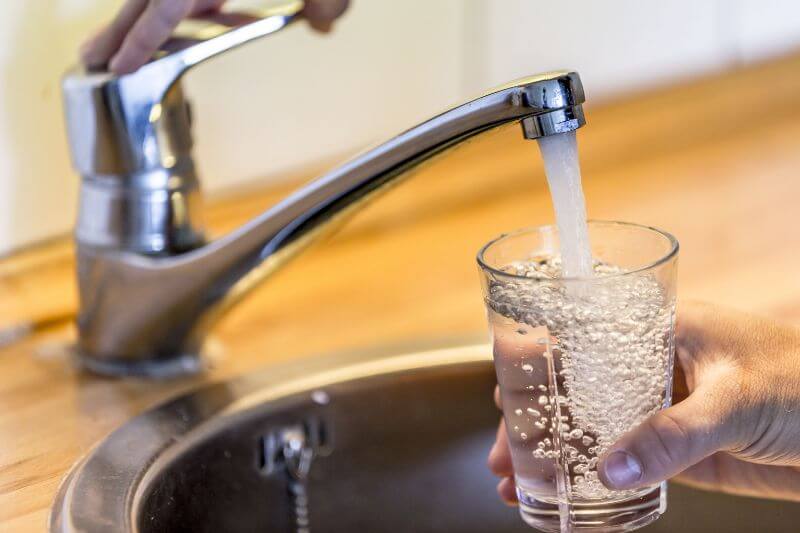
Flow Rate
Finally, the flow of water through the filter also affects its performance.
📌 Water pitcher filters tend to offer a more thorough contaminant removal than filters installed at your water line, like under-sink and whole-home filters.
Why? Because filtered water pitchers use gravity filtration, which is a slow process that allows for an extended contact time between the water and the filter media. The longer the contact time, the more contaminants can be removed.
❌ What Do Water Filters NOT Remove?
Now you know the contaminants that a filter can remove, it’s worth knowing the contaminants that most filters can’t remove.
📌 The average filter can’t remove minerals and salts from water, including calcium and magnesium hard minerals.
Also, most filters can’t remove bacteria and viruses because microorganisms are typically small enough to pass through the filter pores with water particles.
If you’re concerned about germs or minerals in your water, you’ll need a reverse osmosis system or a water distiller. You might need to pre-treat your water to prevent sediment or excess mineral damage to the RO membrane.
If you have a hard water issue, the best solution is to install a water softener, which uses a process called ion exchange to replace calcium and magnesium with sodium ions.
❔ What Can A Water Filter Remove? FAQ
What are the most effective water filters for contaminant removal?
The most effective water filters for contaminant removal are reverse osmosis systems and water distillers. These systems are often referred to as purifiers, rather than filtration systems, because they purify tap water by removing virtually all total dissolved solids.
What water filters remove fluoride?
The best water filters for fluoride removal are reverse osmosis systems, water distillers, filters containing activated alumina and bone char media, and ion exchange media. The average activated carbon filter can’t reduce fluoride.
Which water filters can remove bacteria?
Some of the filters capable of removing bacteria are reverse osmosis filters, water distillers, and ultrafiltration membrane filters. Some ceramic filters also have small enough pores to remove this contaminant.
Does a water filter remove hard water?
No, water filters aren’t capable of removing hard water minerals. Only ion exchange – the process that exchanges magnesium and calcium ions with sodium ions – is capable of treating water hardness. You’ll need a dedicated water softener for this.
Does a water filter remove everything?
No, most water filters don’t remove everything. However, an increasing number of filters reduce hundreds of trace impurities in drinking water, greatly improving water quality and protecting you from dangerous chemicals and heavy metals. If you want to remove as many contaminants as physically possible, look into water distillation or reverse osmosis.
Is it worth filtering tap water?
If you care about your health and you exclusively drink tap water, it’s definitely worth filtering your water supply. Using a water filtration system will protect you from the common impurities found in drinking water, such as chlorine, lead, pesticides, VOCs, and other heavy metals. Plus, you don’t have to spend a fortune on a good filter (even the best water pitchers cost less than $100 upfront), so you don’t have to worry about making a big investment that you might regret.

